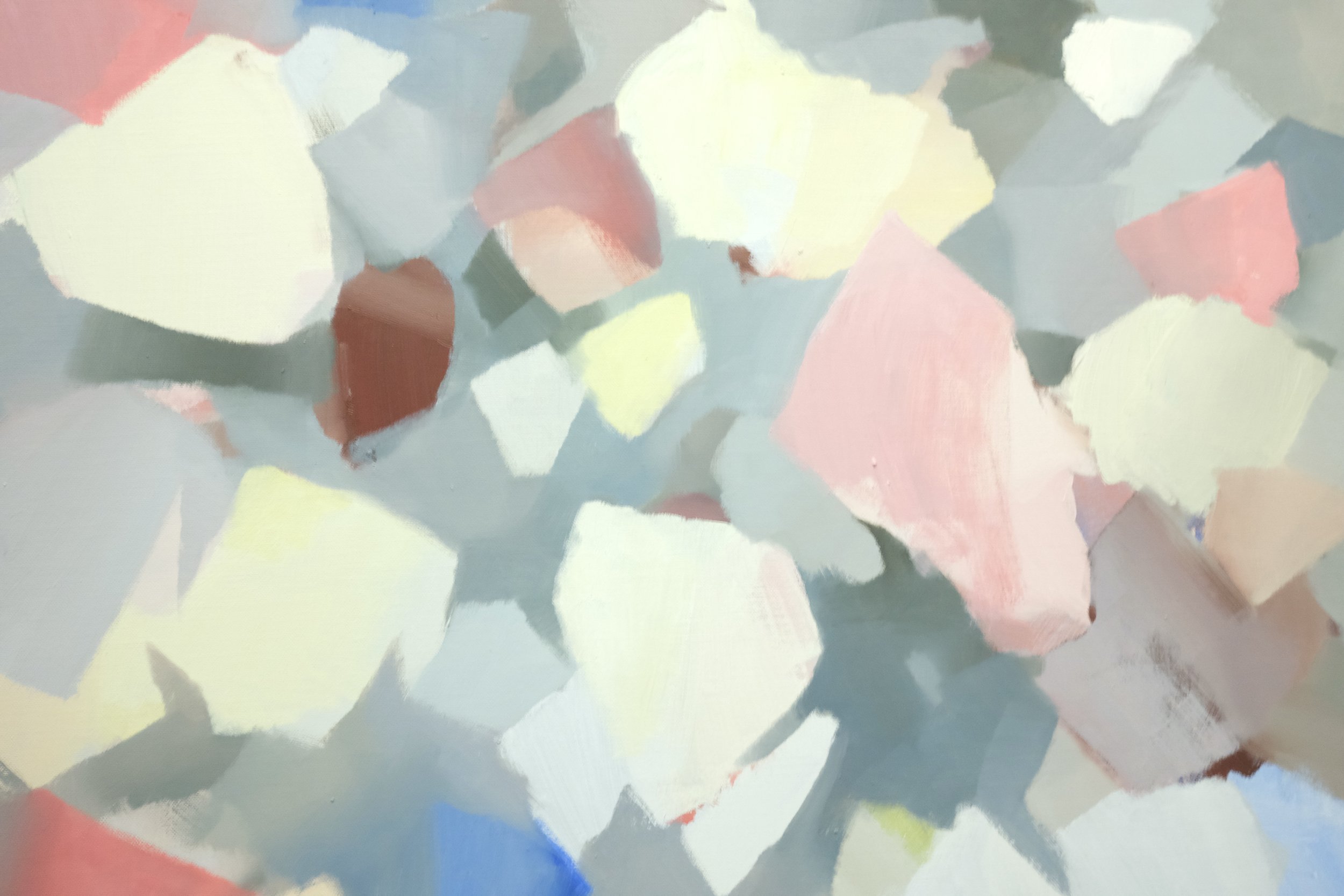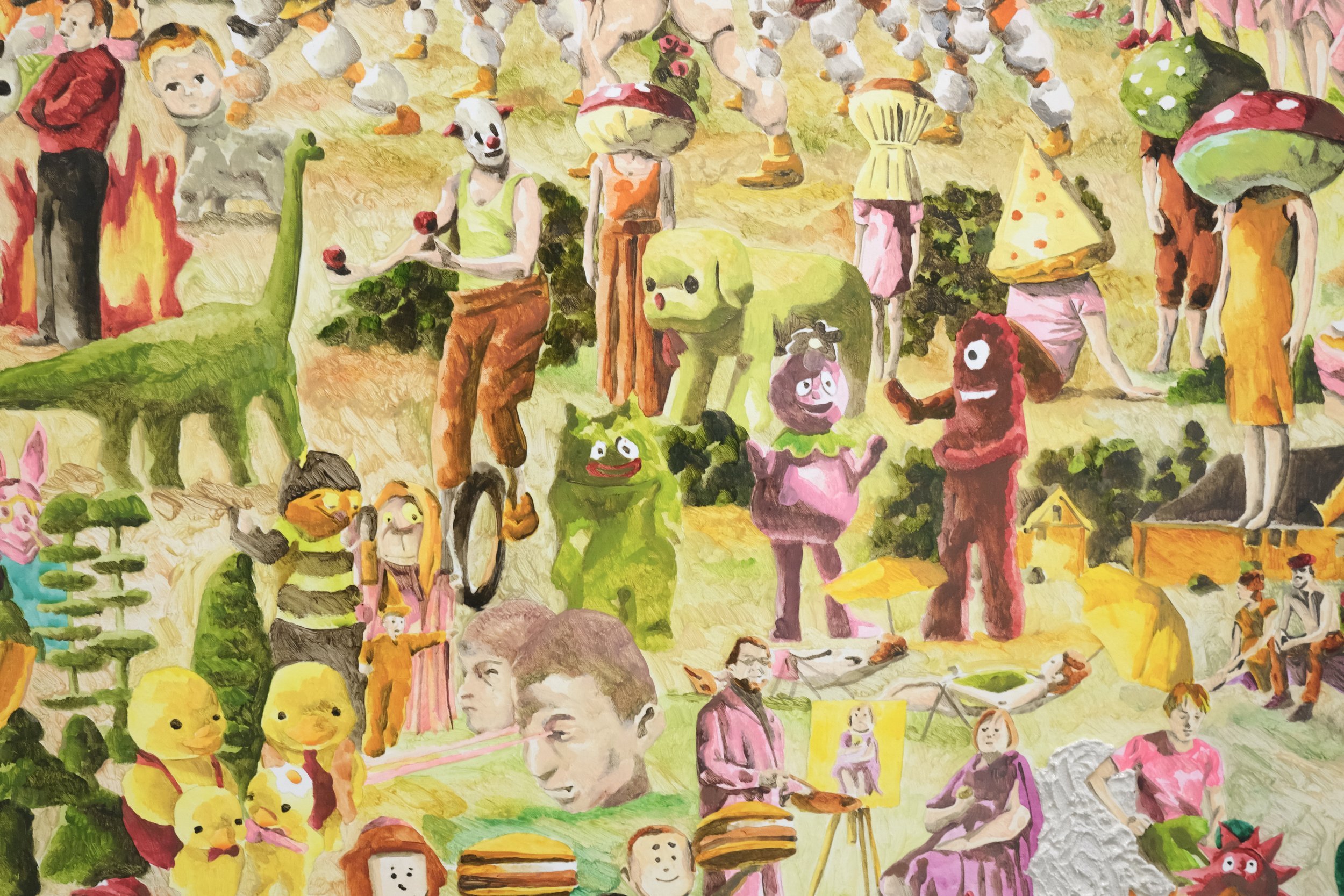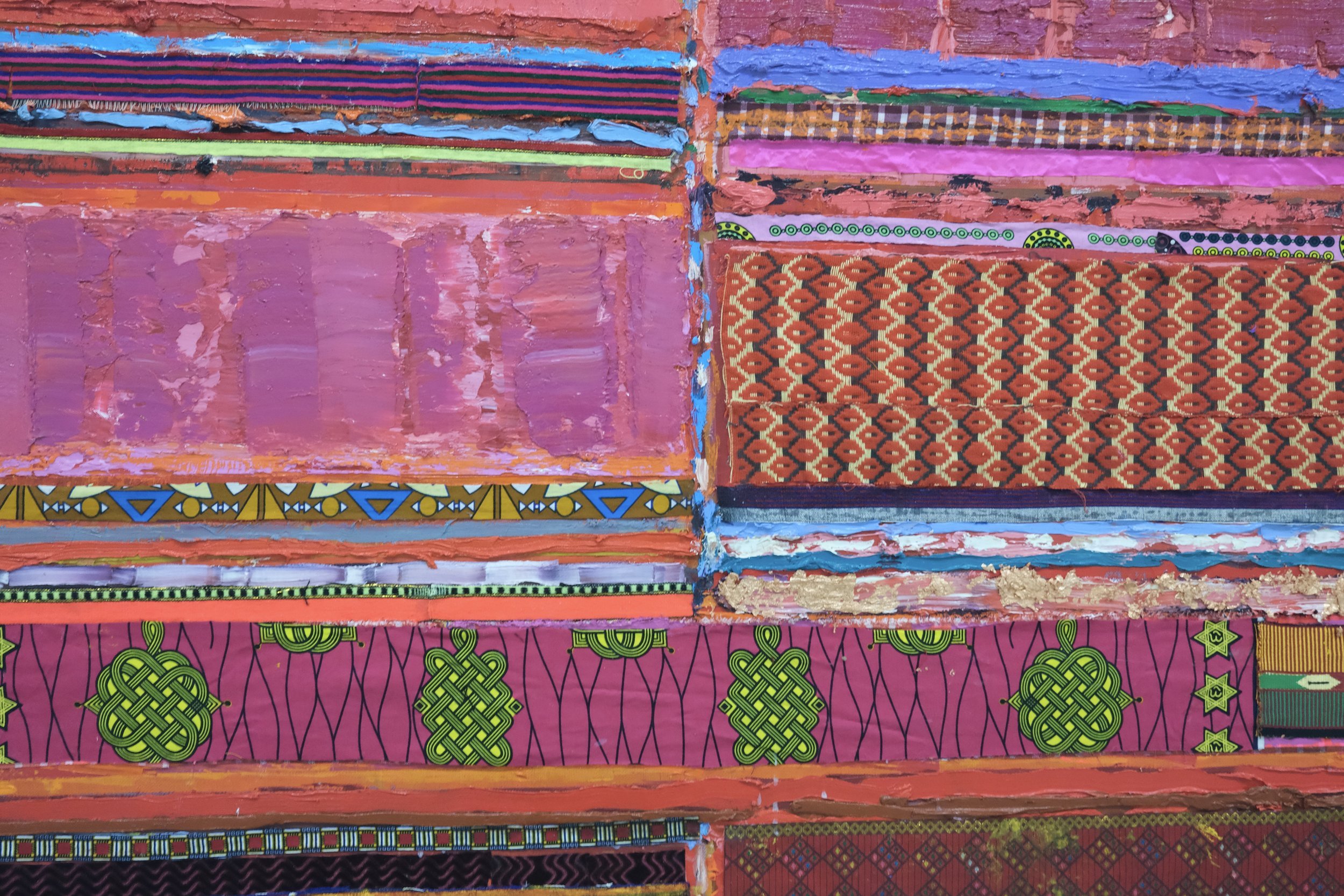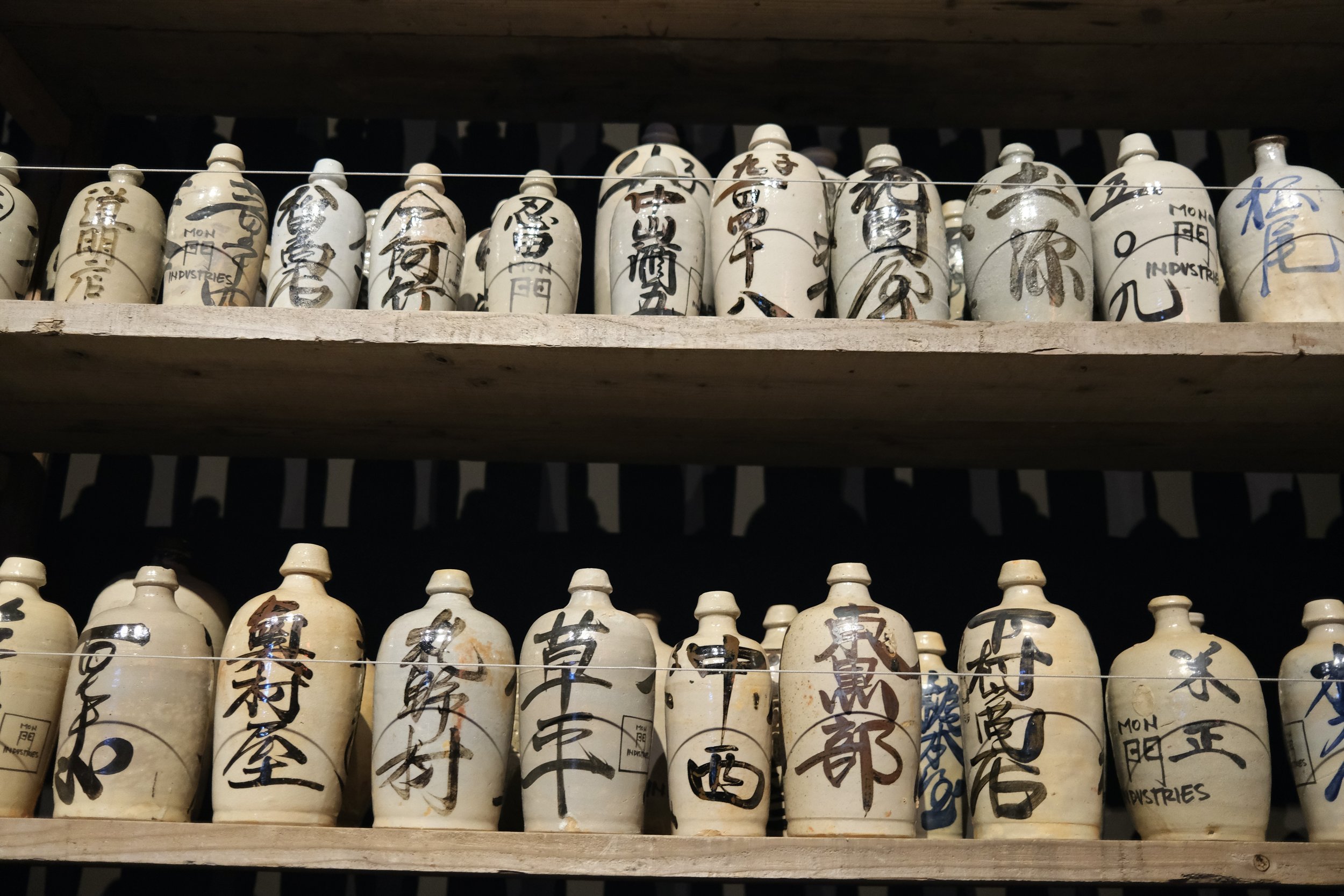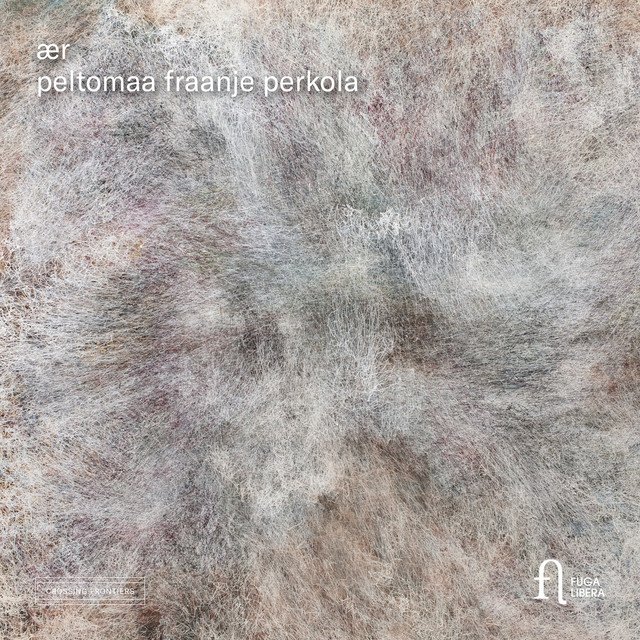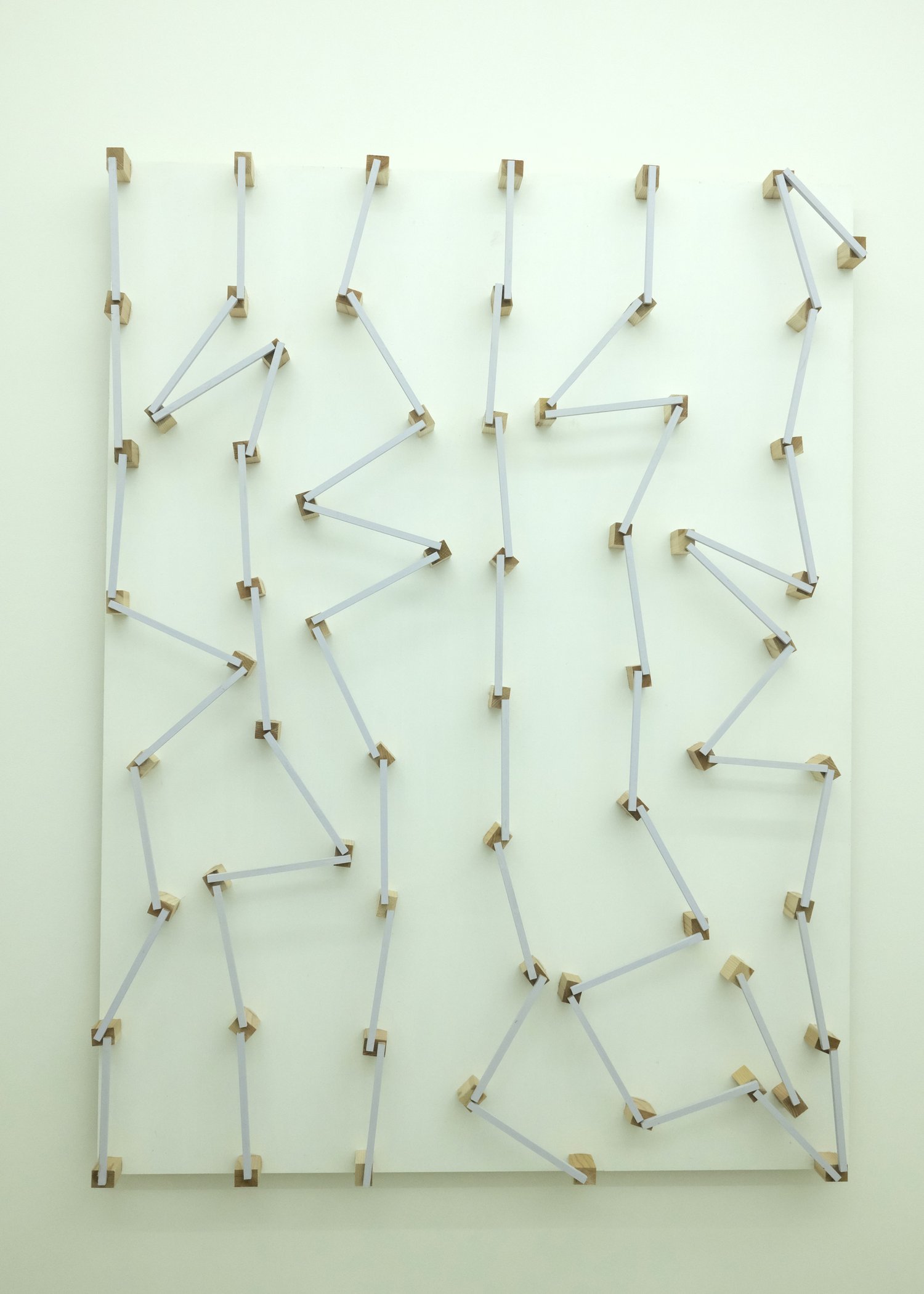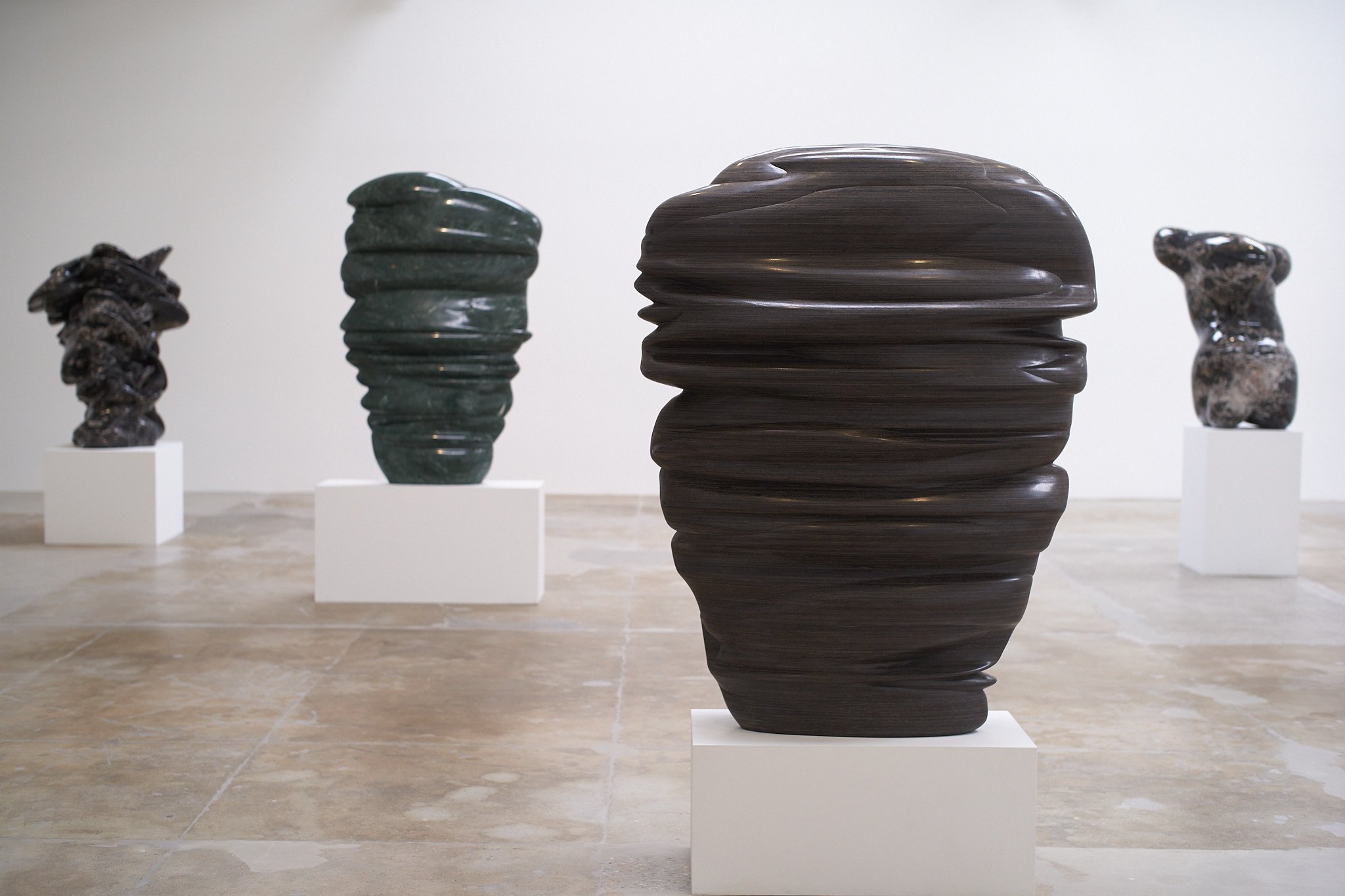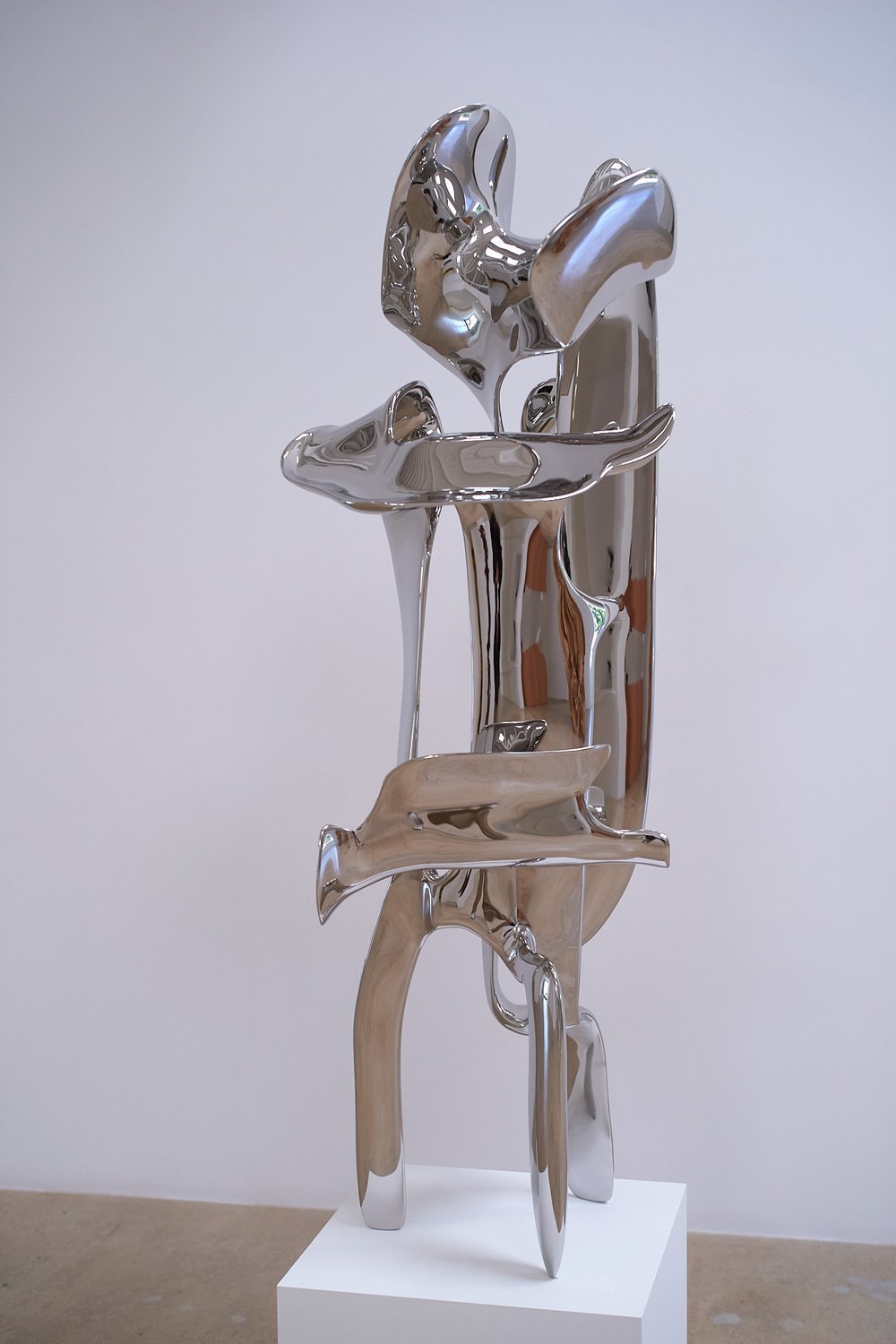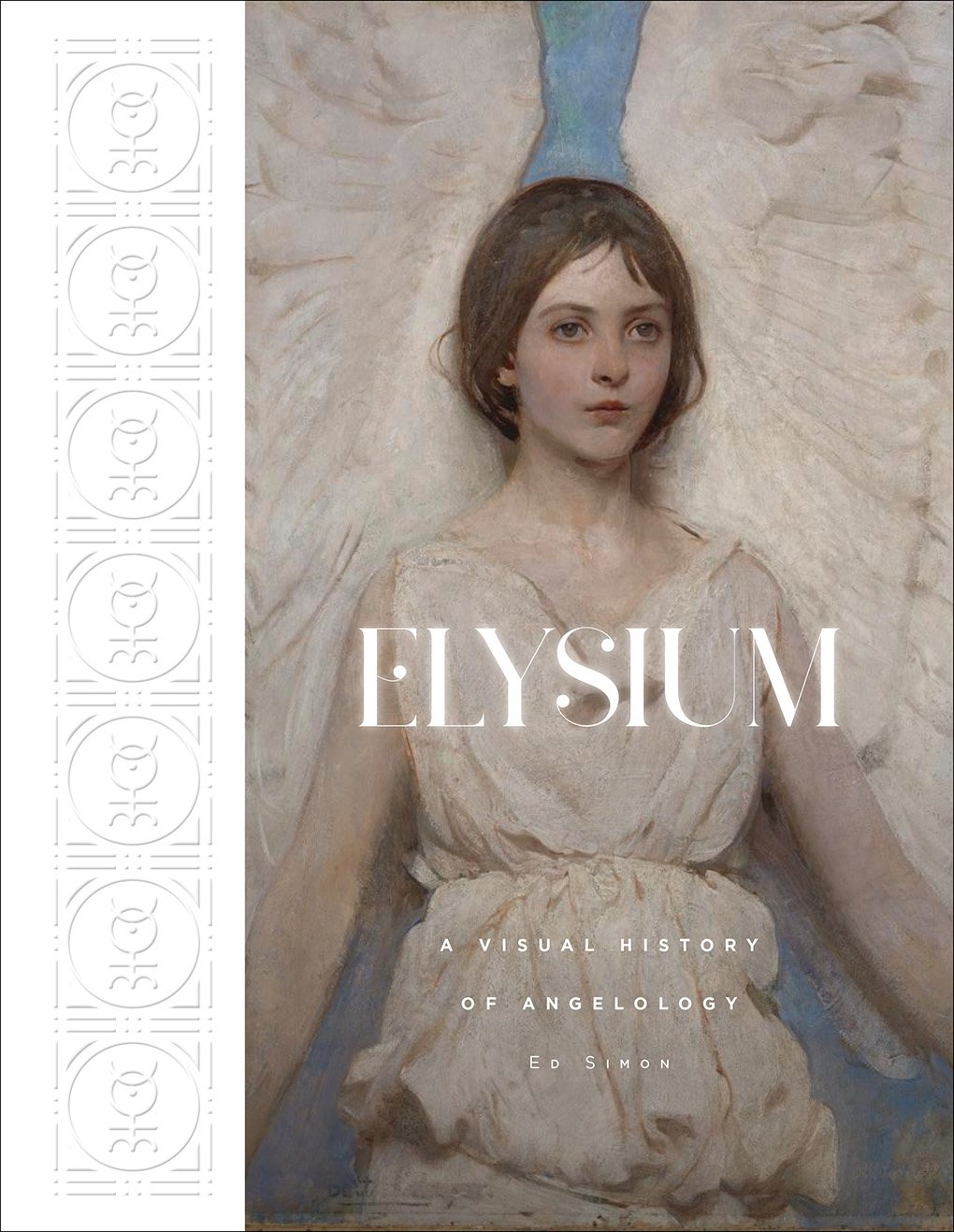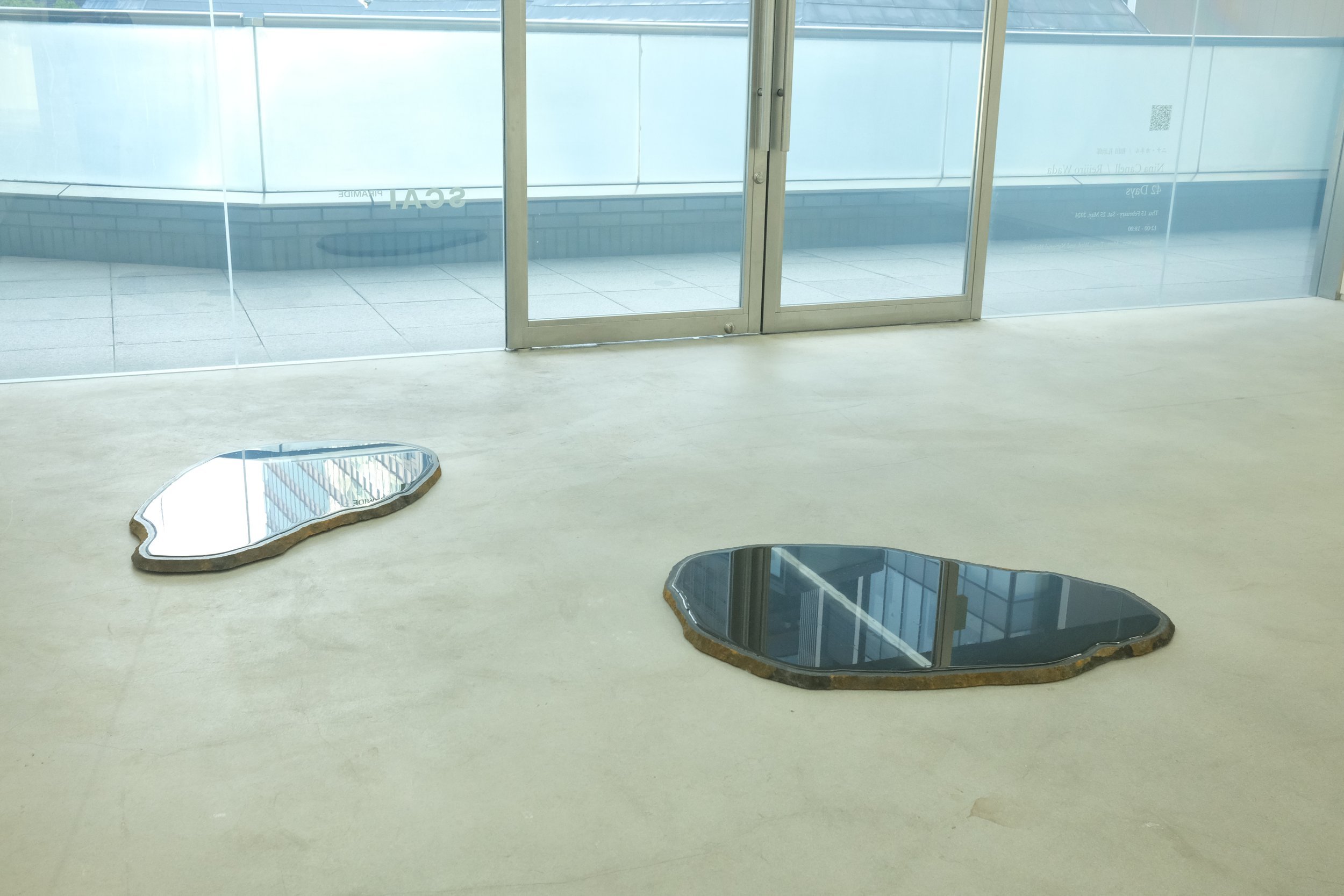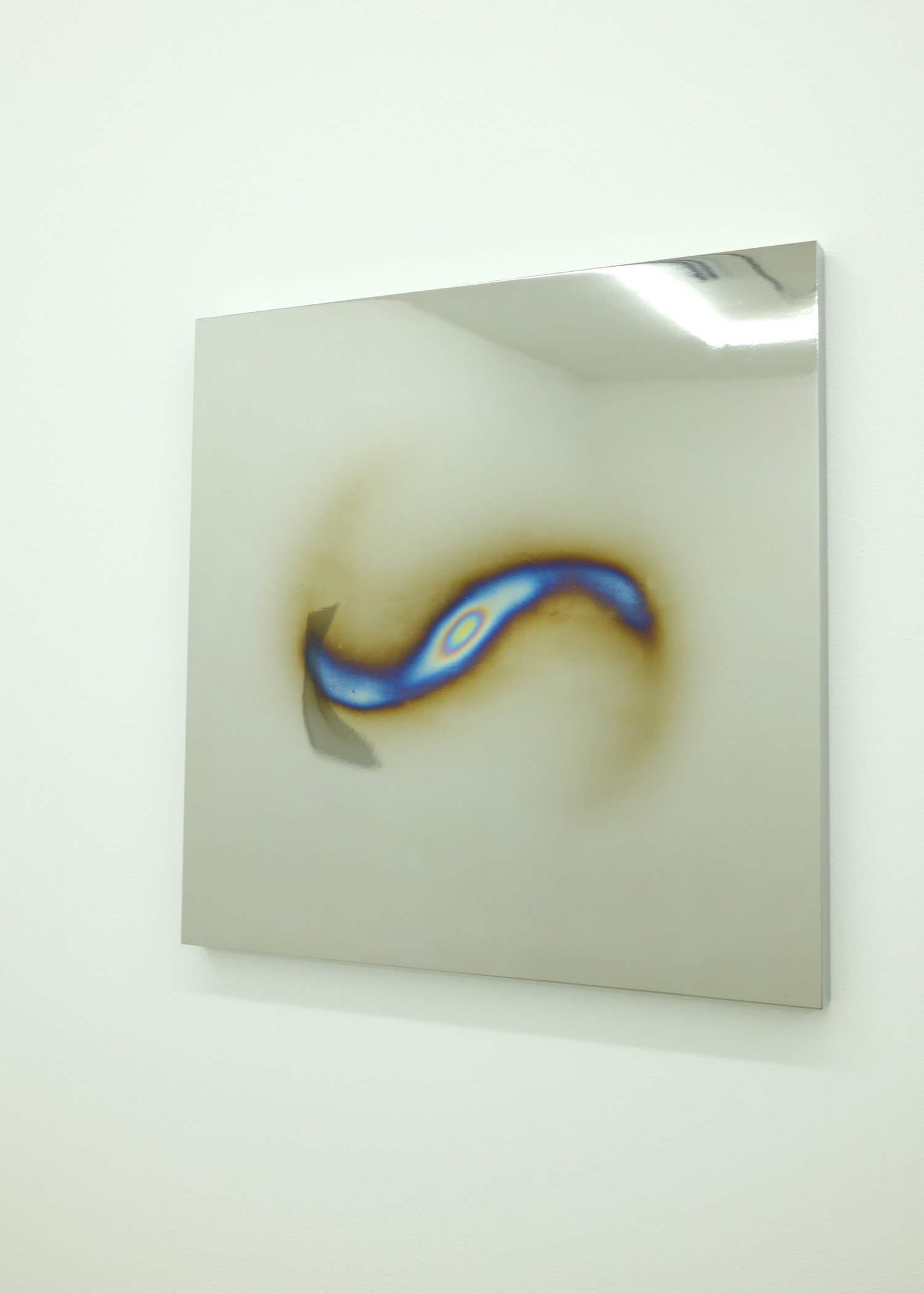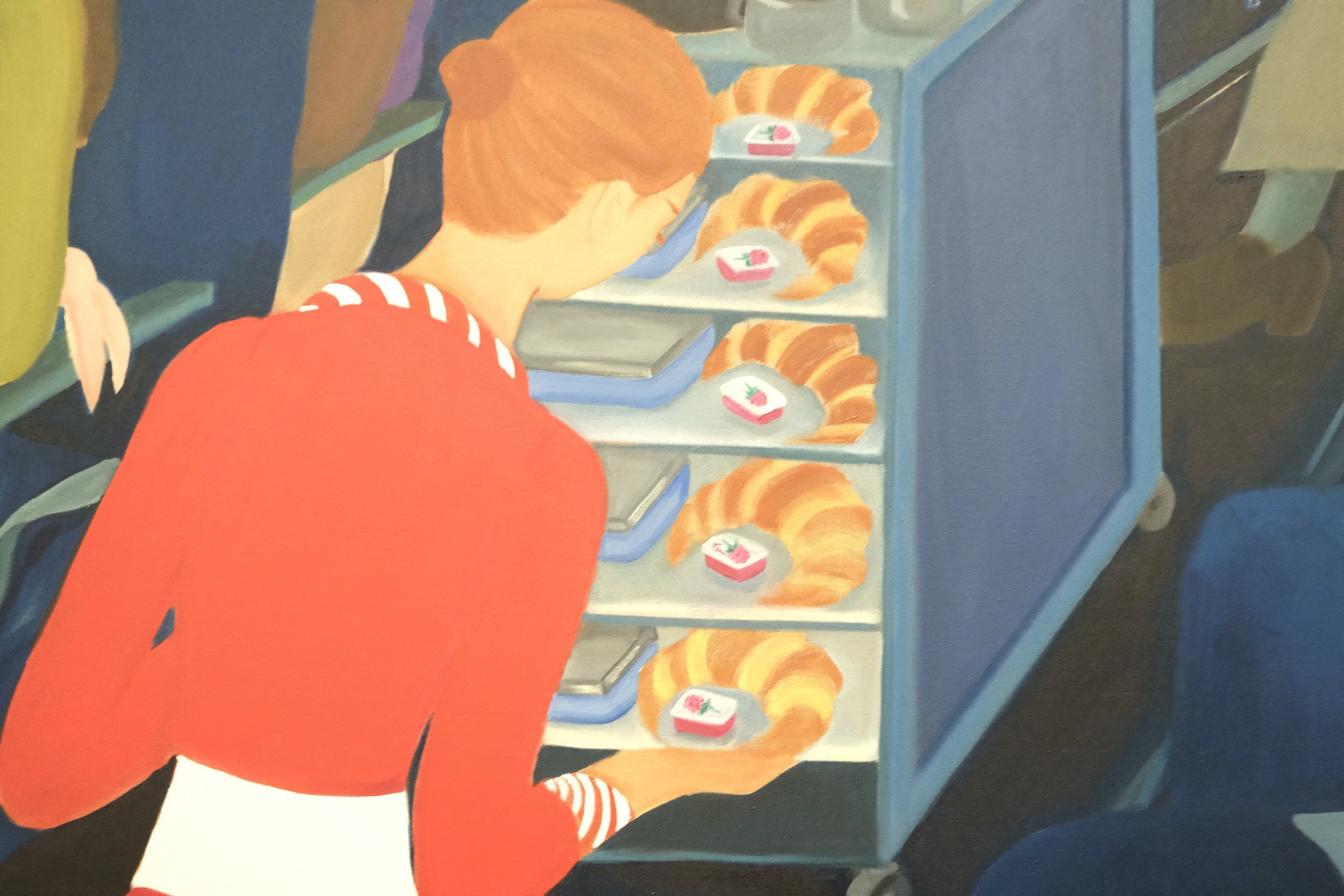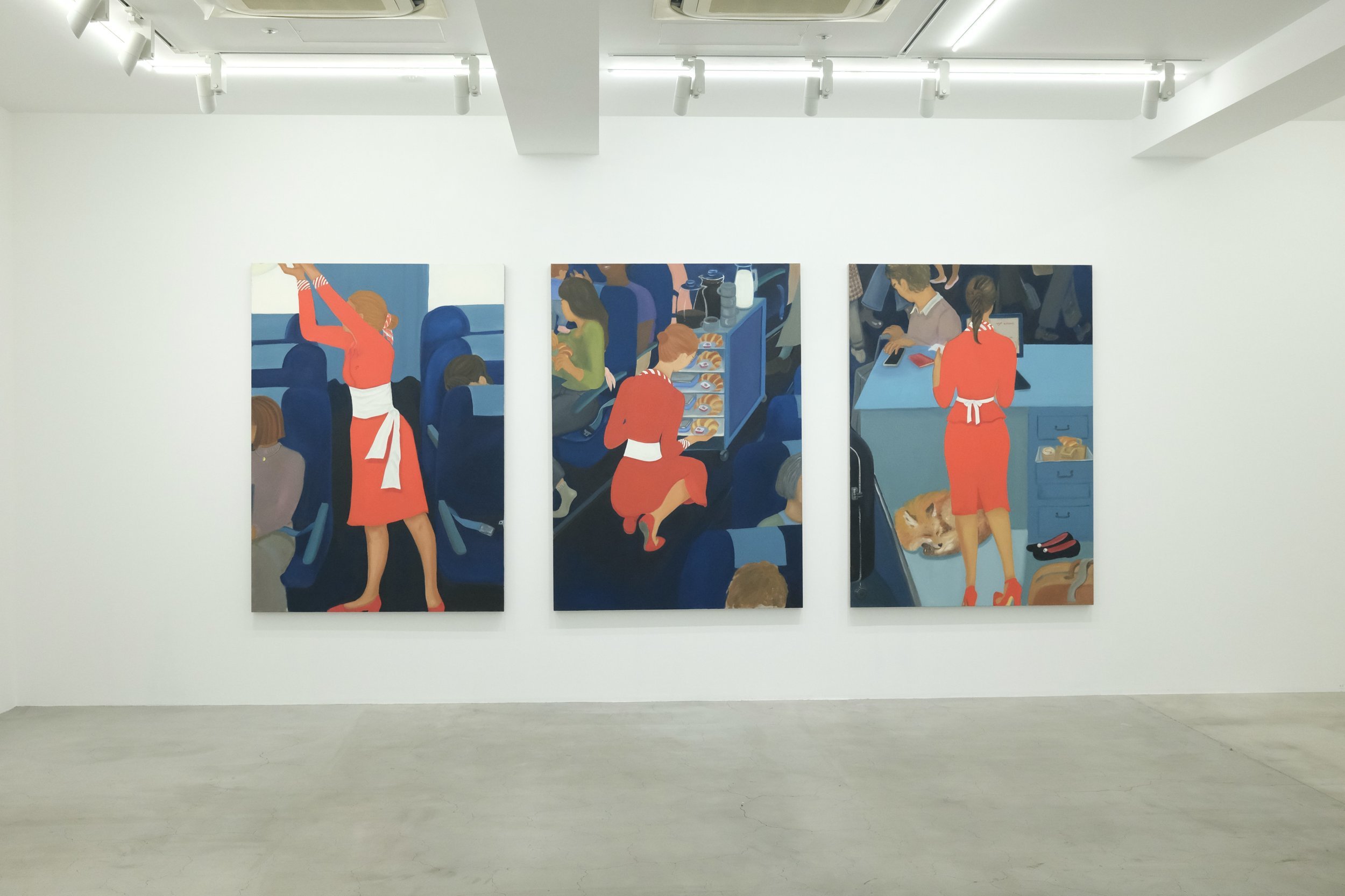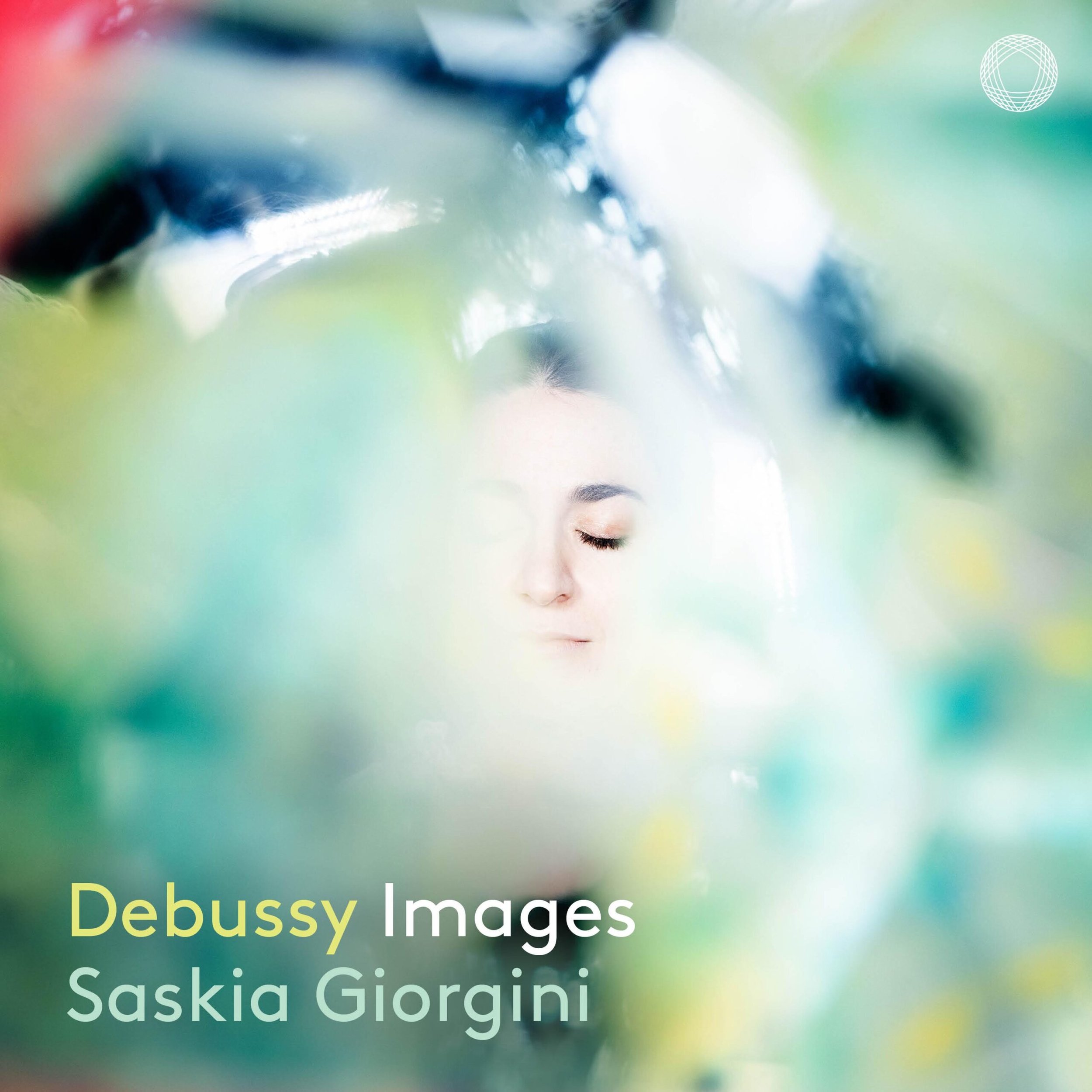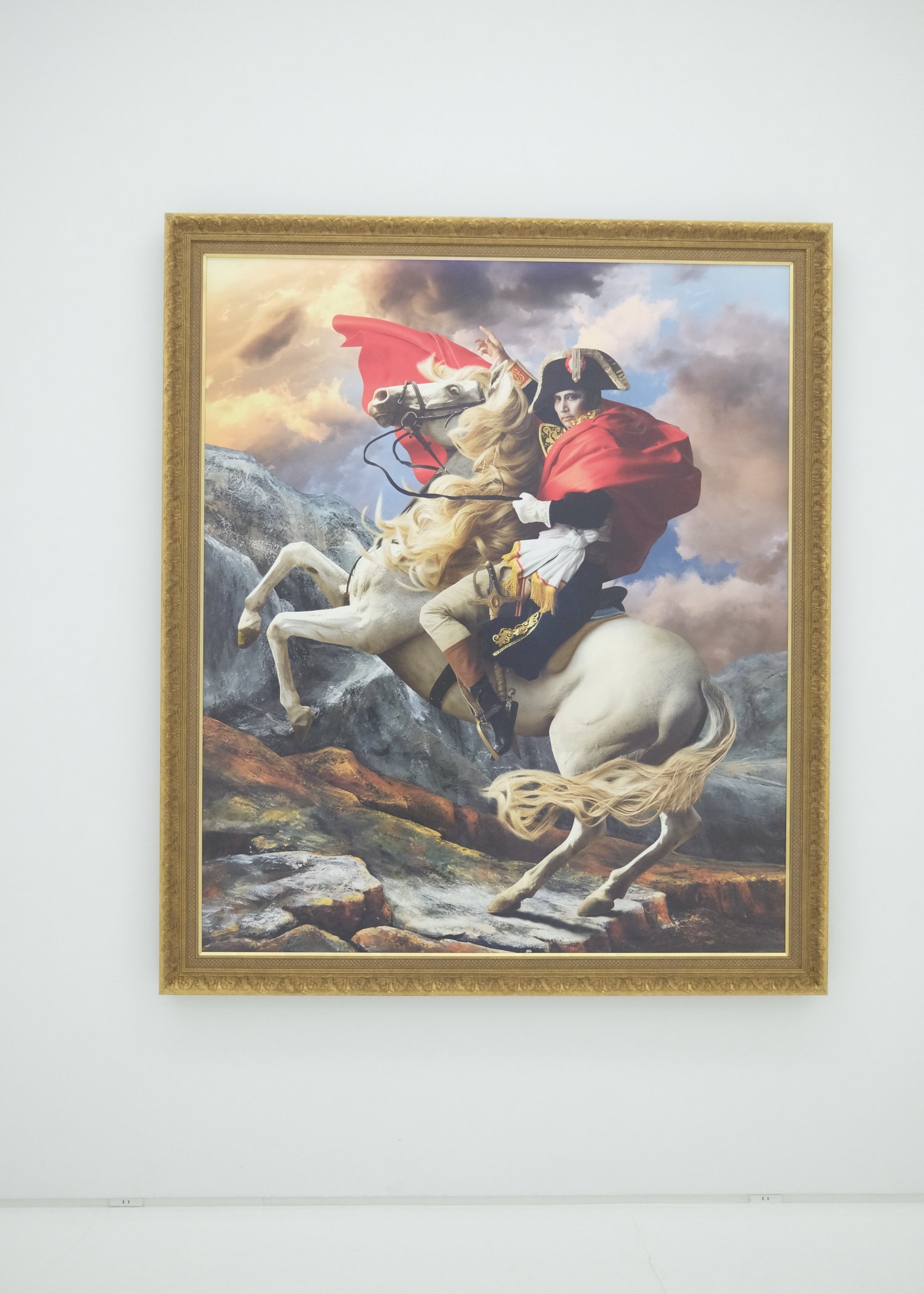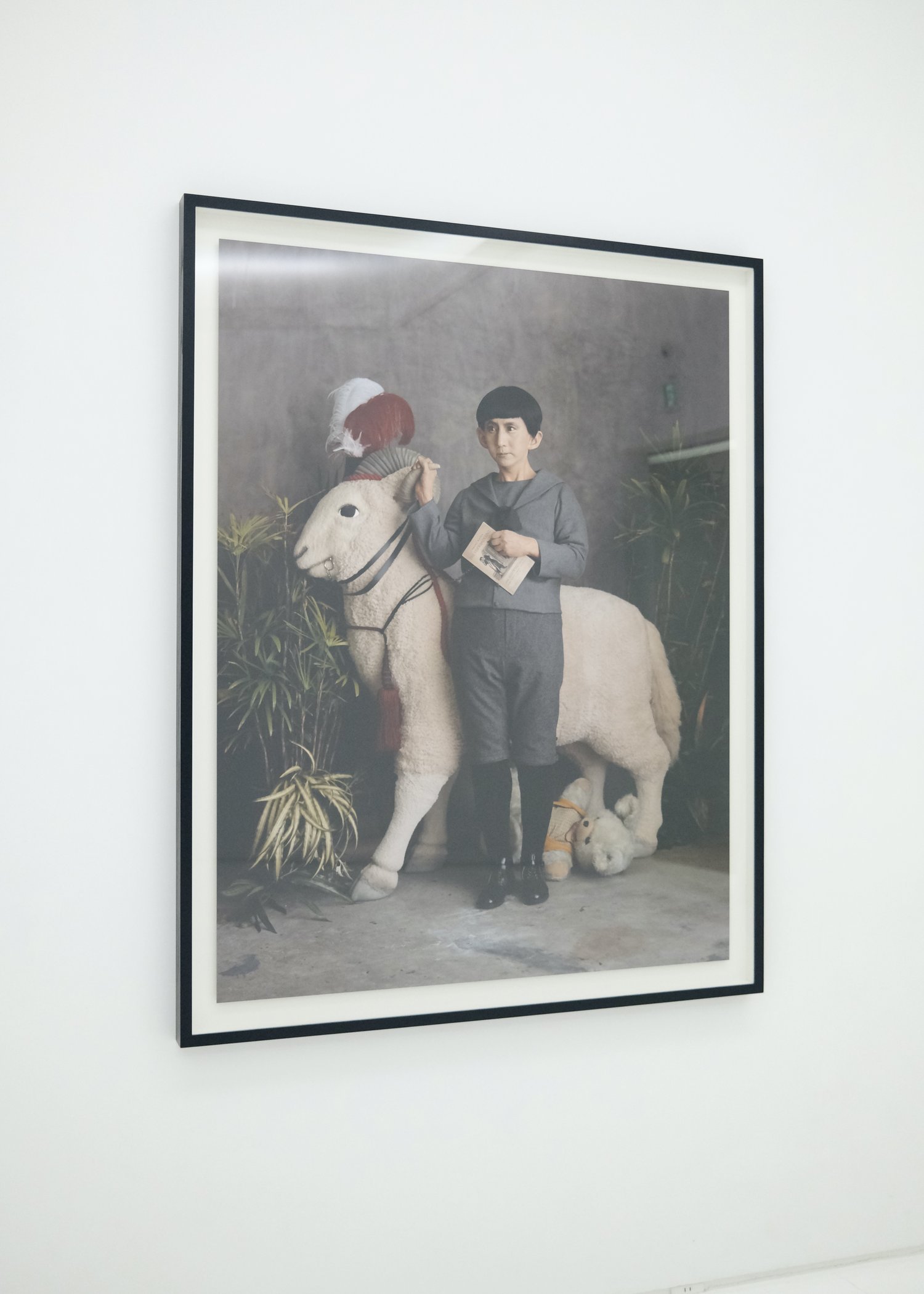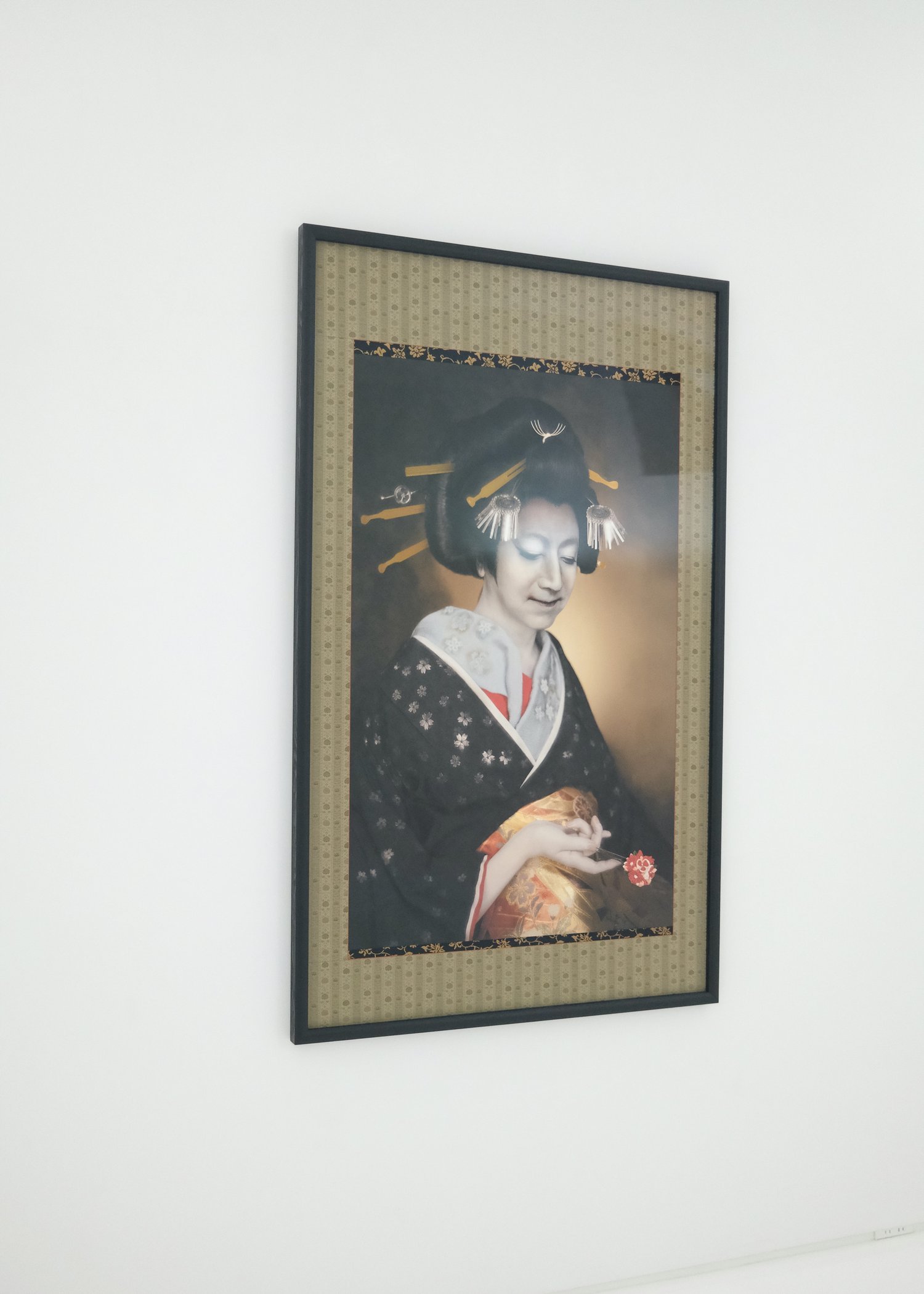Two weeks, at Balse.
So, he tells me to explain,
as it will help us.
Eventually, I said, sure,
let’s do it.
it is about selecting.
obscure channel, digging this - design and artists.
Build your appropriate group of work
Art School Heatwave: Strategies for Difficult Conversations in Critique
Problems of marketing - anti-marketing starter pack
I have not yet watched the Manufacturing Consent, now on my list. He introduced me to Corporate Music - How to Compose with no Soul, which is a great watch as well. Episode 4, Publicity And Advertising, Ways Of Seeing (BBC Four, Presented by John Berger). “when everybody’s social class is more or less determined by birth, a personal envy is a less familiar notion. And without social envy, glamour cannot exist. Envy becomes a common emotion when a society is moved towards democracy and stopped halfway, where status is open to anyone, but only enjoyed by a few.” Brilliant doc.
A video recording of the Pierre Huyghe's Exhibition at Punta Della Dogana, Venice. Glad, 10 favorite contemporary artists of today. Pierre is in our top three favorite contemporary artists list that we are working on right now. Berlinde De Bruyckere also in top three.
Marseille Skate video. stylish skateboard video.
LA Photographer, Adali Schell, an impressive young photographer here.
The Comet / Poppea
An opera presented by MOCA and The Industry
Composed by George Lewis
Libretto by Douglas Kearney
Concept & Direction by Yuval Sharon
This was a very well made review of Perfect Days, by Wim Wenders. If you haven't seen it, you may not want to see it. Or, well, just watch it. It is pretty inspiring. 無心 'mushin' -
Little appreciations in a day. 鏡 ‘kagami’ or mirror. reflection. 木漏れ日’komorebi’
You do want to hear this - Alva Noto - HYbr:ID Sync Inter. ALVA NOTO, a favorite of ours since the 90’s. But it wasn’t until this year that I havegone back, thanks to KOMPAKT and Qubouz.
Herzog’s remarks on Pschyco Analysis was refreshing. I was very fascinated with Freud and Jung but this was a fresh breeze into my brain to balance the influence.
From time to time, I like to watch these gliders fly in the sky. Such a cool feeling.
But this might be the most important clip in the last two weeks - XENOMORPH by Heaven Sent Honey. GIGER.
“For beauty is nothing but the beginning of terror which we are barely able to endure, and it amazes us so, because it serenely disdains to destroy us. Every angel is terrible.”―Rainer Maria Rilke,Duino Elegies
WHO, if I cried out, might hear me – among the ranked Angels? Even if One suddenly clasped me to his heart I would die of the force of his being. For Beauty is only the infant of scarcely endurable Terror, and we are amazed when it casually spares us. Every Angel is terrible. - Rainer Maria Rilke, Duino Elegies, First Elegy
DJ sets:
Lilith. | HÖR - June 26 / 2024
Rawmantique - Beatrice | HÖR - Mar 9 / 2022
Yoyaku instore session with Karla Böhm
The DJ’s Cheat Code: PlayDifferently Model 1
till next time.
Charles A. Balse
Words of Wisdom
NEW HISTORY OF WESTERN ART - Chapter 2 Art as Idea page 122
Thinking about art has been dominated by the concept of 'mimesis' since antiquity. Freely translated, the ancient Greek term refers to the 'imitation' of nature which human beings sought to recreate in their art until well into the nineteenth century. The degree to which the creator succeeds in this goal has always been one of the most important benchmarks for the quality of the work of art. Successful mimesis resulted in what the Greeks - who did not have a word for visual artworks - called mimemata (singular mimema: the result of imitation). The concept is of the utmost importance to any understanding of Western art history. Mimesis was the focus of Western visual culture from the antique era until the paradigm shift of Impressionism and its offshoots began to undermine the principle from the latter part of the nineteenth century. No artist before then had dared to produce art that did not consider nature its ultimate model. To this day, many people still judge a work's merit in terms of its mimetic qualities. Consequently, the principle of imitation was at the forefront of the artist's possibilities and limitations for centuries. The techniques of oil painting and linear perspective, for instance, did not just develop out of nowhere but were vital steps in the ancient quest for perfection in the emulation of reality that has typified Western art. Even more than that, the notion that art is essentially an imitation of nature actually fed through over time into the visual culture of non-Western religions and cultures. The ancient Greek concept played an active part, for instance, in the visualisation of Buddhism, whose founder was represented symbolically during the religion's first centuries (up to the fourth century BCE). It was only after Alexander the Great's conquests in the Indus Valley that the Buddha began to be depicted as the idealised human figure we know today [2.6]. Mimesis might thus appear simple and self-evident at first sight, yet it is far from being so. Simulating what we see is not a straightforward process. The term itself is not unambiguous either and has undergone various shifts in meaning since ancient times. Over the centuries, mimesis became an umbrella concept taking in ideas such as imitation, representation, similitudo, simulacrum and prototypum. If we delve more deeply into the phenomenon, which is precisely what occurred in antique Greek culture, emulation proves to be highly complex. Artists can, for instance, imitate nature in an idealised way by seeking to perfect it, but they can also strive for a 'photographic' realism [2.7, 2.8] or give free rein to their creativity and imagine things that cannot be imitated, as they do not actually exist. The centaurs on the famous Parthenon frieze [2.9 ] appear lifelike, but these hybrid mythological beings - half human, half horse - are obviously a product of human imagination.
NEW HISTORY OF WESTERN ART - Chapter 2 Art as Idea
Ekphrasis page 128
One final concept from Greek antiquity that deserves some explanation here, even though it is not directly related to art theory, is ekphrasis (Exparis or descriptio in Latin) meaning an artful description. Ekphrasis was a standard part of the progymnasmata, the exercises given to students of rhetoric. Would-be orators had to describe a sculpture or painting as vividly and accurately as possible, so that the visual narrative they created would allow their audience to form a clear idea of the work. Theorists of rhetoric were quick to appreciate this ability to 'speak to the imagination'. Ekphrasis had a substantial impact on art in the Renaissance as it enabled the artists of the time to work in the opposite direction. Knowledge of antique art was limited in the fourteenth and early fifteenth centuries, not only outside Italy but within the birthplace of Renaissance art itself. Barely any trace had survived of paintings from antiquity; all that remained of Zeuxis and Apelles' masterpieces were the beautiful descriptions of Horace and Pliny, and so their texts, along with those of other authors, began to be used in an attempt to reconstruct antique art. The translation from image to word was thus reversed, as words were turned back into images. The so-called Calumny of Apelles - a description of an allegorical composition by the most famous Greek sculptor - is an example as striking as it is well known. The painting was described by Lucian and was drawn and painted by numerous Renaissance masters, including Botticelli, Mantegna, Raphael and Bruegel.
Henri Cartier-Bresson
People of Moscow
Page 66
I am neither an economist nor a photographer of monuments, and even less a journalist. What I am looking for, above all else, is to be attentive to life….
The camera is not the right instrument to provide the whys and wherefores of things; it is, rather, designed to evoke, and in the best cases—in its own intuitive way—it asks questions and gives answers at the same time. I have thus used it in an active flânerie, in search of "objective chance."
Main Studies
Elaine Stocki - LA
Clare Woods - I Blame Nature - LA
Coco Young - Passage - LA
WHAT WILL YOU GIVE? Veronica Fernandez Tidawhitney Lek - LA
Betye Saar: Drifting Toward Twilight - LA
Venezia Biennale - Giardini - FRANCE - Venezia, IT
Jose Dàvila - River Stones - Tokyo
Theaster Gates: Afro-Mingei - Tokyo
KO+GEI prologue - Tokyo
CADAN YURAKUCHO 有楽町 - Tokyo
"me ISSEY MIYAKE" STRETCH PLEATS - Tokyo
Stories from Africa : Group Show「Resonant Harmonies」 - Tokyo
GHOST BRUSH - NOH Sangho - Tokyo
I saw the view of public area - Yohei Takahashi - Tokyo
When I Kiss You, I Can Taste Your Soul - Tokyo
Reina Mikame - Following the Light - Tokyo
APPENDIX:
Fill the Frame
Trentemøller: Dreamweavers (official music video)
The Anti-Marketing Starter Pack (resources, reading, other)
Lilith. | HÖR - June 26 / 2024
How Being an Outsider Can Be Your Greatest Asset
First flight in the ALPS with my AS33 Me
Werner Herzog on Psychoanalysts: "They are a disease of our time"
Alva Noto - HYbr:ID Ectopia Removing Infinities ‐ HYbr:ID II LP - [N061] - 2023
HR GIGER'S XENOMORPH: Beauty as the Form of Annihilation
Mars SFO Museum
a day with LA Photographer Adali Schell -- Walkie Talkie around the US ep 6 / Los Angeles
Perfect Days: The Power of No Mind
Rawmantique - Beatrice | HÖR - Mar 9 / 2022
Yoyaku instore session with Karla Böhm
Alva Noto - HYbr:ID Sync Inter
Art School Heatwave: Strategies for Difficult Conversations in Critique
The DJ’s Cheat Code: PlayDifferently Model 1
Elegy
Pierre Huyghe's Exhibition at Punta Della Dogana, Venice
ClassicAsobi recommends
This section features content recommended from the NYC based ClassicAsobi and his team, specializing in classical music.
COMING UP
Gabriel Mills
June 20 – July 20, 2024
François Ghebaly, Los Angeles
Eli Russell Linnetz: Monuments
June 29–August 3, 2024
Jeffrey Deitch LA
c
Interconnected Landscapes
Marian Goodman Gallery Los Angeles
1120 Seward Street Los Angeles | 13 July – 17 August 2024
Jongsuk Yoon
Yellow May
Marian Goodman Gallery Los Angeles
1120 Seward Street Los Angeles | 13 July – 17 August 2024
Sublunary, a group presentation
VSF, Los Angeles - June 29 - August 17
REGEN PROJECTS, LA
AMERICAN GOTHIC
Night Gallery, June 22 - August 31, 2024
IVA GUEORGUIEVA
Seascapes, Snowscapes, Kukeri
March Avery
July 13 – August 30, 2024
Gordon Parks
Jul 12 – Aug 30, 2024
PACE Los Angeles
WINFRED REMBERT
Hauser & Wirth DOWNTOWN LOS ANGELES
DANIEL TURNER
Hauser & Wirth DOWNTOWN LOS ANGELES





















